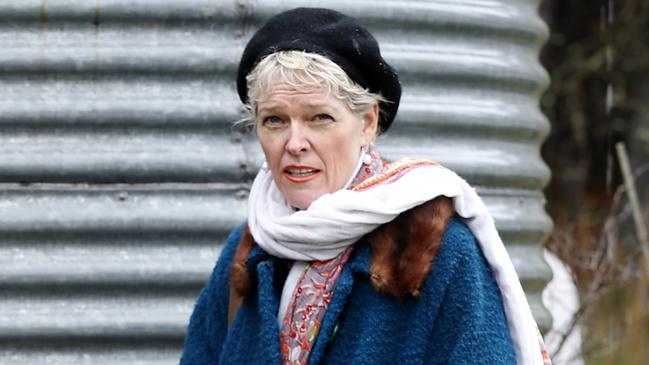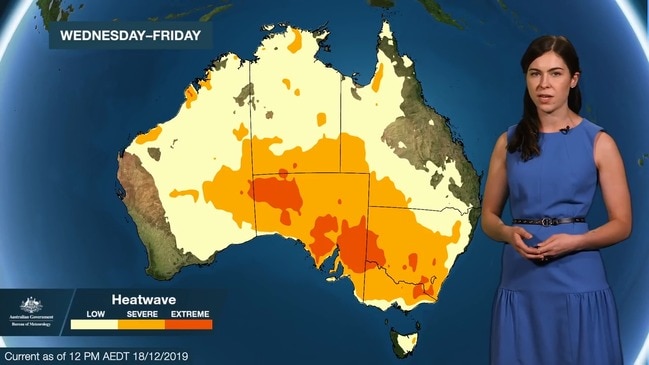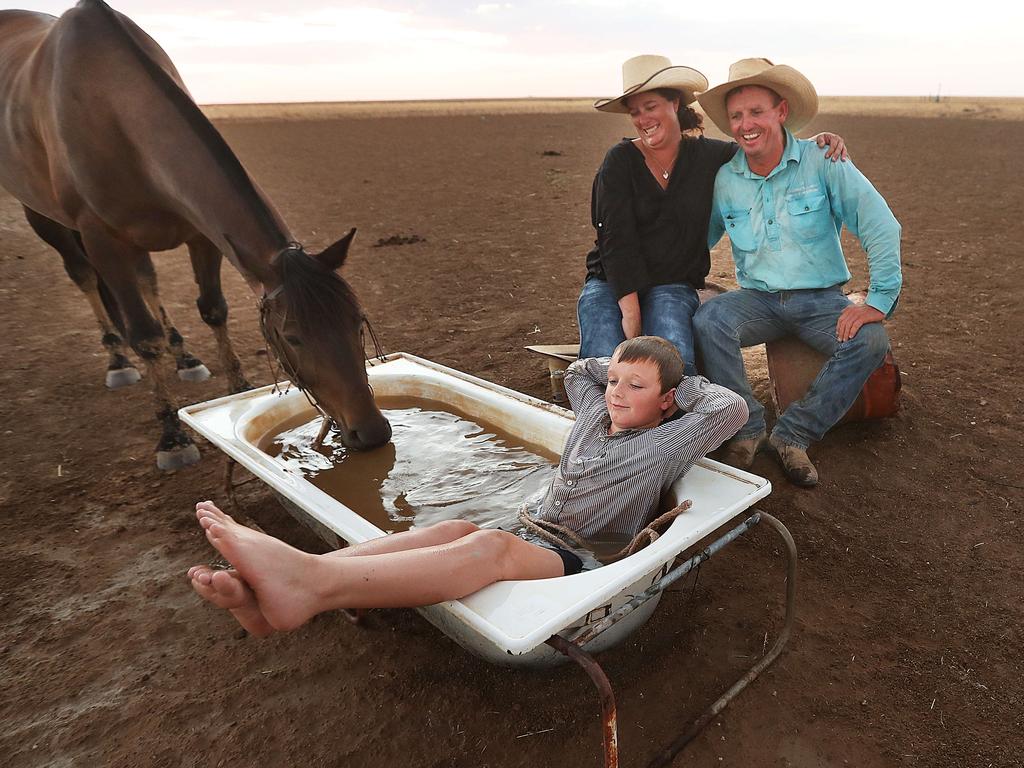Bureau of Meteorology ‘cooling the past to declare record heat’
A climate scientist has challenged the Bureau of Meteorology’s declarations of record heat.

Climate scientist and author Jennifer Marohasy has challenged the methodology behind the Bureau of Meteorology’s declarations that Australia has experienced its hottest two days on record this week.
The bureau on Thursday said its preliminary analysis of data from about 700 weather stations across the country showed Wednesday was the hottest day recorded in Australia, with the nationally averaged maximum daytime temperature reaching 41.9C.
That was a degree higher than the previous record of 40.9C set on Tuesday, which itself broke the mark of 40.3C from January 2013.
Based on preliminary analysis, yesterday, Australia recorded its hottest day on record. The nationally-averaged maximum daytime temp was 41.9 °C exceeding the record set on Tuesday, 40.9 ºC. You can view the top ten highest daily maximum temps here: https://t.co/Cdqm9vD1cI pic.twitter.com/DRDK9LAvrg
— Bureau of Meteorology, Australia (@BOM_au) December 19, 2019
The record averages announced by the bureau this week are preliminary but are typically confirmed within three days once quality-control processes are completed, but a spokeswoman for the Bureau of Meteorology said there was unlikely to be any significant change.
“There is not expected to be any variance in the preliminary and final rankings, since the records have been achieved by relatively large margins,” she said.
As much of the country sweltered through extreme temperatures on Wednesday, and while bushfires destroyed homes in NSW and Sydney was once again choked in smoke, some challenged whether the widespread heat was truly unprecedented.
Dr Marohasy, who has long been critical of some of the bureau’s calculations, said the methodology behind the calculation was “totally flawed”.
She has criticised revisions made to historical measurements, which she said lowered average temperatures recorded in the past, and said the quality of much of the bureau’s historical data had been compromised by attempts to homogenise the information and adjust for changes in techniques.
“They keep fixing them up and they keep making it cooler in the past,” Dr Marohasy said.
“The more processed the data, the more removed from reality it is.”
Dr Marohasy noted that the highest temperature recorded in a so-called Stevenson screen thermometer was 51.6C at Bourke in 1909, as well as the extreme heat in Victoria ahead of the 1939 Black Friday bushfires.

Other historical records point to similar or higher temperatures elsewhere in Australia before then, although she said some of those measures would have been affected by the use of thermometers in Glashier stands and these were not as readily comparable.
“It’s been a hot few weeks and I really feel for the people who are fighting bushfires.
“But none of this is actually unprecedented if you look at the historical figures.”
Author and climate sceptic Joanne Nova, meanwhile, pointed to accounts of a heatwave in January 1896.
“Newspaper reports of the day showed temperatures that month, before all our CO2 emissions, ranged from 44C to 51C all across the country.
“Hundreds of people died from heat apoplexy,” she said.
“Emergency trains were put on in outback NSW to evacuate people from the unbearable heat in a time when no one had an airconditioner or a fridge and freezer.
“Horses fell in the street.”







To join the conversation, please log in. Don't have an account? Register
Join the conversation, you are commenting as Logout